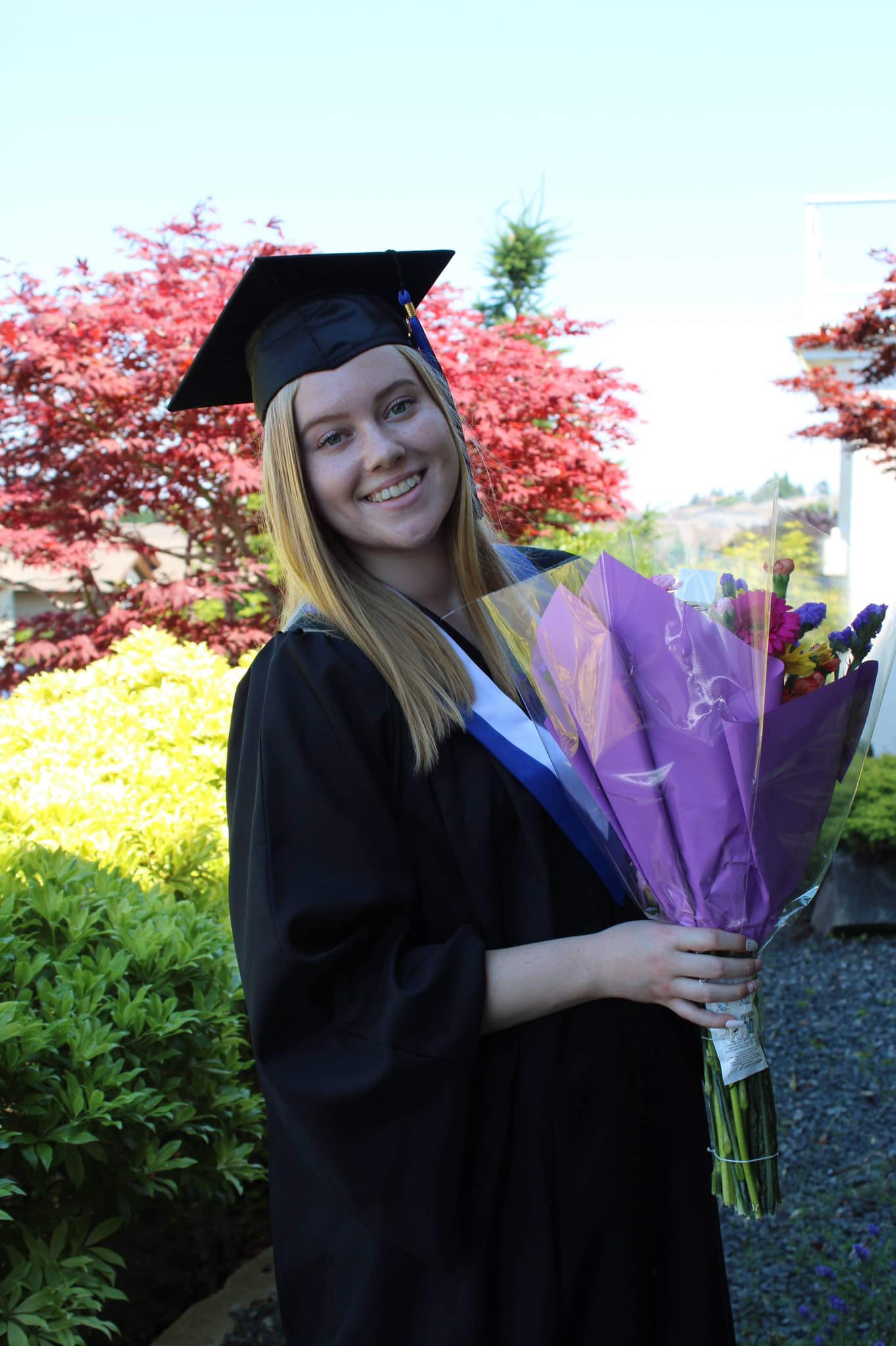Callum, I really appreciated how you shared your personal experience with early specialization and how it shaped your perspective on physical activity. Your story highlights the importance of exploring different sports and activities, which seems to have had a profound impact on both your physical and mental well-being. I especially resonate with your realization that playing multiple sports helped you avoid burnout and reach new heights in soccer. This is a great example of why a diverse range of activities should be encouraged for young athletes. Your reflection on the overemphasis of physical activity in youth sports is also important. I agree that when parents force a singular focus on one sport, it can take away the joy and passion children might find in trying new things. Finding a balance between encouraging activity and allowing children to explore different interests seems like a crucial piece in fostering a lifelong love of movement. Nile Wilson’s TED Talk was an interesting watch and a valuable resource to include in your post. The pressure of elite athletics and the mental health challenges that come with it are often overlooked, and I think it’s great that you’re raising awareness about it. By focusing on healthy, enjoyable, and varied physical activity, we can help prevent burnout and create more sustainable paths for young people to stay active.
Blog Post Response #2
Delali, I really appreciated your thoughtful analysis of the barriers to increasing physical activity among youth. I agree with you that early specialization and a sport-centric approach can limit children’s exposure to a variety of physical activities, ultimately restricting their ability to develop a well-rounded set of movement skills. As you mentioned, children who focus on one sport too early may miss out on important fundamental skills like throwing, catching, or dribbling, which can affect their confidence and willingness to engage in other activities later in life. I also liked your suggestion of introducing a variety of recreational activities to make physical education more inclusive. By offering activities like jump rope or badminton, students who might not be interested in competitive sports could still engage in fun and active experiences. This aligns with the idea of fostering intrinsic motivation rather than focusing solely on competition. Your point about the lack of leadership support is valid. It’s frustrating when schools prioritize academics over physical education, as this limits opportunities for students to build healthy habits. If more school leaders recognized the importance of physical activity for students’ overall well-being, we could create environments that support both mental and physical health more effectively. Overall, I think your blog emphasizes a much-needed shift toward a better way of doing physical health education that benefits all students.
Blog Responses – #1
Response #1 to Alison Robert’s Blog Post #1 – January 27th:
Thank you, Alison, for your thoughtful and insightful post about the importance of active health education and the role of physical literacy in shaping lifelong habits. I agree with your emphasis on structured Physical and Health Education (PHE) programs and addressing the gaps that leave many students behind. I appreciate your point about PE often favoring students with prior exposure to sports and physical literacy. To make PHE more inclusive, educators could integrate activities that focus on skill-building at all levels—such as introducing cooperative games, yoga, or dance—where participation and personal growth take precedence over performance. This approach could build confidence and encourage students who feel disconnected from traditional sports to find joy in movement. Your discussion of sedentary behavior also resonated with me, particularly the link between screen time and its impact on mental health and focus. I agree that this increase in sedentary behavior during children’s home lives is closely tied to the growing obsession with social media, streaming services, and video games. As teachers we could try to do activities like scavenger hunts in science or role-playing historical events in social studies so that it’s not only engaging but also addresses the critical need for movement during the school day. Overall, your post highlights how an inclusive approach to PHE can foster healthier, more active community that positively shape students’ futures.
Personal Learning Profile
About me:
My name is Sarah Norman and I am a fourth year student at UVic. I started my degree in New Brunswick, where I was in a concurrent BA/BEd program and playing varsity volleyball. I decided to transfer to UVic to come play volleyball for the Vikes and to be closer to home. I grew up in Nanaimo, BC but knew it was not my forever city. I’ve always been a very active person, and my love for physical health has grown tremendously over the years. I started playing volleyball in grade 6, joined mariners club volleyball for grades 8-12, and captained my high school teams at Dover Bay. My major at UVic is in English, with my minor being in EPHE. I’m planning to do the PDP at UVic after I complete my BA with my teachables being in English and Gym. I went into my degree thinking I’d like to teach kindergarten, however, after working from ages 15-21 with elementary aged children in recreation, I decided high school is more up my ally. I started working with youth at the City of Nanaimo, volunteering over 630 hours over two summers in summer camps, doing the LIT and Quest program. After that, I worked as a Rec 2 leader running Jr. LIT camp. I coached volleyball in New Brunswick for Wolfpack Club. Upon returning to Victoria, I joined South Island Volleyball club and have been playing in their grass doubles league, as well as captaining two intramural teams each semester (we won last year!). Additionally, I started working for Oak Bay Recreation two summers ago as a Team Leader, managing two summer camps and a staff team of 8-10 people. My end goal is to become a high school principal, however, I’m very excited to teach first. I have known since grade 7 that I wanted to be a teacher.
Over the past few years, I’ve dealt with severe health issues that greatly impacted my physical and mental well being. I started lifting towards the end of high school, and then fell in love with it while training during the varsity season. I hope to mentor young students, supporting them in loving themselves no matter how they look. I got bullied during high school by volleyball teammates who commented on my weight and took a photo of me sleeping in the hotel room one night at Nationals, sending it around with a caption about how heavy I was. Having been bullied in high school, mainly for how I look, I hope to use my past experiences to remind students they aren’t alone, and to help provide an outlet through physical activity for self growth. I believe physical activity improves how one feels about themselves, and I hope my love of sports can shine through for anyone I work with. Additionally, due to the mental health struggles I’ve faced on top of physical barriers, I hope to be a relatable teacher that can support students in all aspects of life, not just in the gym.
My favourite sports to play aside from volleyball are basketball, pickleball and badminton. I also have developed a love for hiking and the outdoors. I find nature connects me spiritually and that I can feel Gods word through it. The most recent hike I did was at Elk Island in Alberta! I want to complete the Grouse Grind in Vancouver next.
Strengths:
In my life, I’m a very outgoing person who likes things done a certain way and will certainly advocate for what I believe in or need. As a teacher, I believe my strengths are setting standards, using a range of teaching styles to connect with more students, and creating a safe space for students. I also bring a lot of passion to the job which is apparent within schools.
Areas of Growth: I’ve learned a lot of strategies through recreation, but want to know more about classroom management skills working with a range of abilities. I’d also love to continue learning about special needs children and how to adapt activities (especially for physical barriers).
Goals Related to Physical Health Education:
I’ve really enjoyed being challenged to make adaptations in other EPHE classes, and look forward to putting to use all I’ve learned over the last 4 years of university. My mom is a teacher so I’ve seen the dedication it takes and all the extra hours outside of contracted work it requires to do the job as best as possible. My goals will be to increase the amount of physical activity youth undergo. Additionally, for when I teach English, I’m interested in teaching outdoors rather than in the classroom all the time, modelling what Socrates taught us.
Thank you for reading all about me!


Blog Post #2
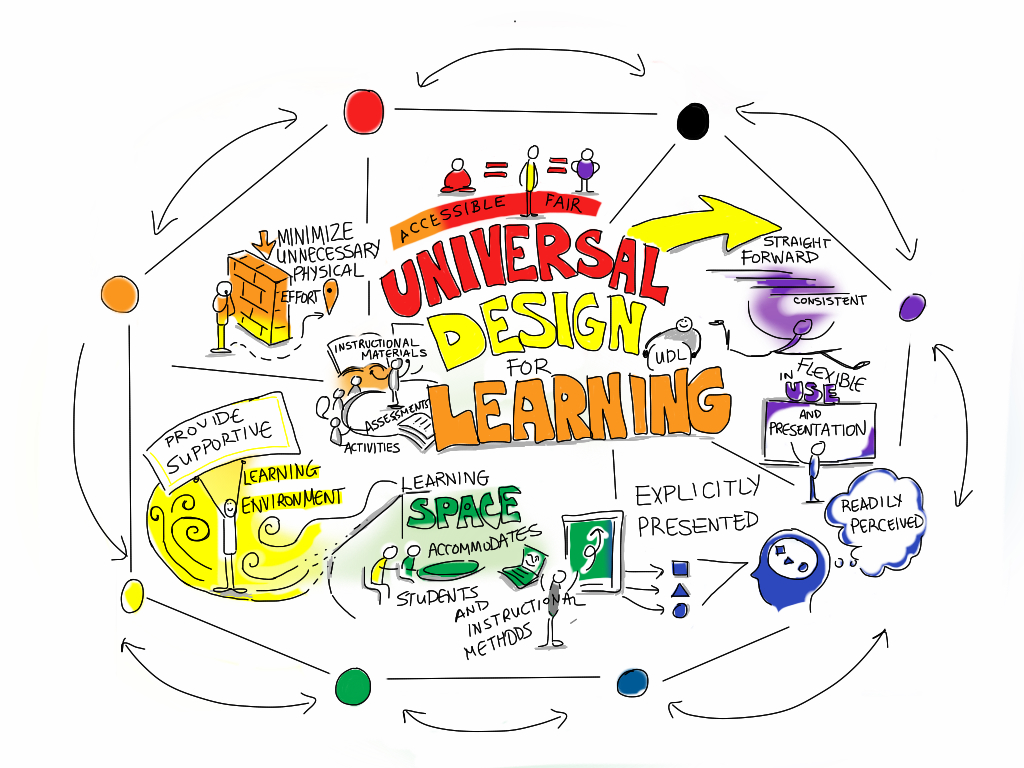
Universal Design for Learning (UDL) in Physical Education
What is UDL?
UDL is meant to create educational experiences that accommodate diverse needs of learners. UDL emphasizes the use of flexible teaching methods and strategies to ensure that every student is given fair access to learning opportunities.
Applying UDL in Physical Education
Teaching gym, applying UDL is important for creating accessibility while providing tools for physical and mental well-being. In EPHE, I’ve learned how to adapt activities to make them more inclusive for both physical and mental differences in students.
Inclusive Strategies in PE
With UDL, changes can be suggested such as using larger or lighter balls, visual markers on courts, or sensory-friendly spaces. Like what we’ve explored in EPHE, UDL ensures that students with physical or cognitive disabilities can always fully participate. Consider this video, How Inclusive Physical Education in School Benefits All Students which reviews how physical education enhances well being and leads to a more positive self image for students. The video discusses how good nutrition and adequate physical education helps benefit in the classroom as well. Physical inactivity can lead to obesity in disabled children. We need to have before, during, and after school movement time. At a young age, what children learn will impact them later on. Regardless of ability, all children deserve to be interacted with. As educators, it’s out job to help foster an inclusive environment at all levels.
UDL and Health Promotion
UDL principles make communities healthier and more inclusive through health promotion. UDL principles can provide credible ideas that can go on brochures, social media accounts or websites that are accessible to people with differing needs. Using UDL in my lesson plans to cater to the needs of my students, I’ll be able to ensure that all people, especially those with barriers (visible or non-visible), can develop health literacy. Because I want to teach high school, I’ll be looking specifically at active living 11.
Core Competencies in Active Living 11
The BC Curriculum includes core competencies of communication, personal and social, and thinking. It promotes active living, health literacy, and lifelong skills to empower students to make informed decisions about their health. The curriculum is designed with flexibility to accommodate unique needs, leading to greater levels of inclusivity throughout high schools across the province. The curriculum integrates health and wellbeing, safety, and participation as its curricular competencies. These competencies support self-reflection, decision-making, and interpersonal skills.
Big Ideas in the Curriculum
The curriculum is organized around “Big Ideas” that emphasize overall well-being. These “Big Ideas” include physical activity as an important part of overall health and well-being, finding enjoyable recreational activities that can motivate people to participate more regularly in physical activity, and safety and injury prevention practices which allow lifelong participation in physical activities. These big ideas, combined with curricular competencies listed on the curriculum guide for active living 11, provide a strong outline for how I can improve the lives of my future students. I will keep these principles at the forefront of my mind when designing lesson plans and ensure that positive health behaviors are being modelled through my own actions as an individual. I strongly believe that as a high school teacher, I’ll be able to share my health struggles/journey with my students and be able to provide tools that helped me to hopefully help a future teenager get well too. 😊
The Comprehensive School Health (CSH) Model
The CSH model is a whole school approach that supports healthy school communities. It emphasizes collaboration among students, educators, families, and the broader community, recognizing that health and learning are deeply interwoven. The CSH model can be applied in various settings, especially in schools where there are anti-bullying initiatives and spaces for physical activity, such as playgrounds or gyms, that promote a sense of belonging. My elementary school had a “lonely bench,” where students who didn’t have a lot of friends could sit and then be approached by other students or staff to brighten their day. This contributed to my elementary school’s social environment, which is an important part of CSH. To incorporate a holistic framework into my teaching, with guidance from the curriculum competencies discussed above, I’ll strive to instruct students about physical activity, nutrition, mental health, and relationships in interactive lessons involving hands-on workshops or field trips where wellness can be explored and freely discussed. Additionally, using collaboration and leadership, as a teacher I’ll want to make sure policies are introduced that prioritize health, such as guidelines for healthy snacks, mental health days, or physical activity breaks. I believe teachers deserve mental health days as well and will fight for this. As someone with celiac disease, part of what I’ll propose to my school with the CSH model in mind will be to make sure snacks are inclusive of students with severe allergies. Making a lasting impact in schools is something I’m excited about when entering a district.
Quality Daily Physical Education (QDPE) and Inclusivity
QDPE supports lifelong engagement in physical activity and contributes to a healthy, active society. QDPE goes with this blog post’s theme of fostering inclusivity. There are many benefits in QDPE, for example, there’s enhanced skill development, increased motivation towards activity, positive long term health impacts and more. In the classroom, it contributes to a positive environment where there is encouragement towards teamwork and sportsmanship, building a sense of belonging. Outside of schools, in the community QDPE can offer accessible programs that teach fundamental movement skills. This is huge for children and youth in Victoria who may be limited by what their parents have taught them or even have financial barriers. These programs can help ensure that people, regardless of ability, age, or even situation can participate in sport.
Final Thoughts
Developing physical literacy and implementing QDPE are essential for sparking a desire for lifelong engagement in physical activity, which leads to improved health and wellness. By promoting skill development, confidence, and inclusivity, opportunities are created for students and community members to join, learn, be challenged, and move together through collective acceptance of the benefits of movement and wellness.
Thank you for reading my second blog post!

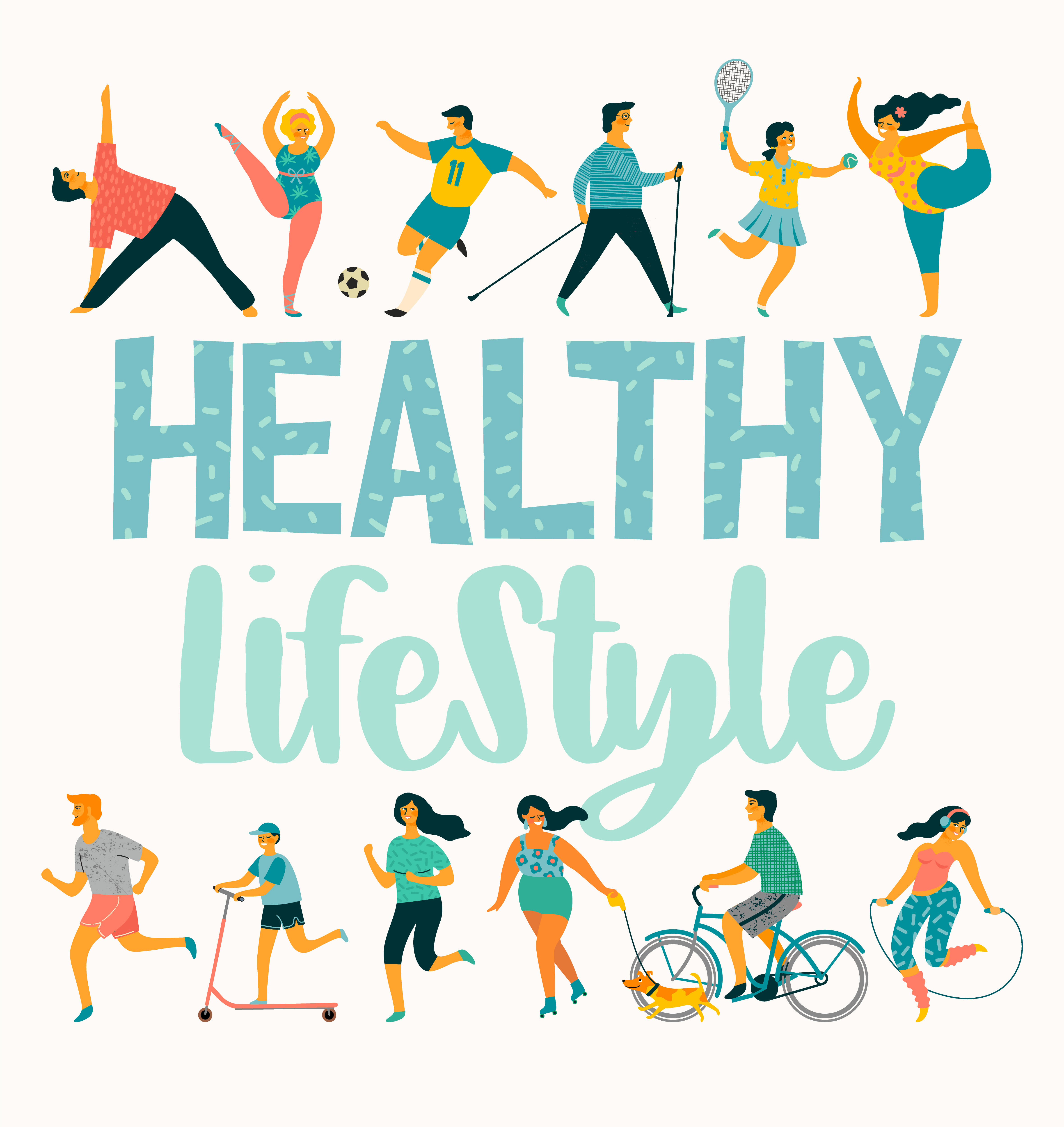
Citations:
Benefits of QPE. (n.d.). PHE Canada. https://phecanada.ca/professional-learning/qdpe/benefits-qdpe
Building Student Success – B.C. curriculum. (n.d.). https://curriculum.gov.bc.ca/curriculum/physical-health-education/11/active-living
What is Comprehensive School Health? (n.d.). https://education.alberta.ca/comprehensive-school-health/what-is-comprehensive-school-health/
Blog Post #1
My name is Sarah Norman. I’m in my 4th year of my BA with a major in English and a minor in EPHE. During my educational journey, I have been working at Oak Bay Recreation doing after school care programming and team leading camps. I’ve enjoyed working with elementary school kids; however, I decided early on that high school teaching is the route I want to take. Active health education can shape young people’s attitudes toward health and wellness by creating a positive image of how wellness can benefit one’s life. Educators need to understand key components of health because these key concepts as a core focus will benefit both students and educators. By taking the time to learn both from studies and students shared experiences, educators can foster a safe environment with open discussion about why we do what we do when it comes to movement. The key issue in youth physical activity is lack of awareness, relating specifically to girls in sport. Growing up playing sports, majority of my coaches were males, often who’d never instructed girls before. There was pressure to perform at the same levels as boys, or limitations for sports teams because not enough girls signed up. I wanted to play football in grade 7 but was unable to due to there being only enough boys wanting to and not being able to join the boys’ team. Additionally, girls’ bodies have different developmental stages than boys, and this often got overlooked. As a future leader in sport and health education, I will work to educate colleagues of all genders on developmental stages in female youth and discuss ways programs can be adapted to become more inclusive. Through working in recreation, I’ve learned how every year an increasing number of youth spend their time indoors. Sedentary behaviour is not the fault of a child. Guardians and role models in a child’s life can demonstrate healthy behaviors. Many families struggle to maintain a healthy, active life, and these habits fall onto the children. It’s easy to become lazy and lose motivation, and as a teacher if I see certain patterns relating to sedentary behavior that is cause for concern, I’ll try to inspire the child to become excited about moving their body and fall in love with feeling good. To promote an active lifestyle, I’ll try a variety of activities such as outdoor ed or frisbee golf, to cater to a wide range of interests. Also, speaking to the children about what activities or sports they’re interested in doing will allow me to adjust lessons and choose activities that spark interest in my class. Using the five-step model as a guide, as a teacher I will assess individual needs and fitness levels, set goals and create action plans unique to students requests, organize programs of interest to students to take part in outside of school hours, take feedback from students, and finally evaluate students and adjust how I’m teaching to help students improve their understanding and skills. Lastly, promoting health competencies can impact physical development by enabling students to learn about the importance of regular physical activity, proper nutrition, hydration, and sleep, contributing to overall physical health. Additionally, by developing skills in physical activity, students are more confident in their abilities, contributing to better performance in sports and physical tasks. Health competencies can lead to overall improvement in spirit, mind, and body for students. With targets on social, emotional, and physical development, these competencies provide the foundation for students to thrive by fostering healthy habits, emotional resilience, and strong relationships. As a teacher, I plan to integrate these competencies into my practice by creating a safe, open environment that encourages lifelong health, well-being, and community engagement.
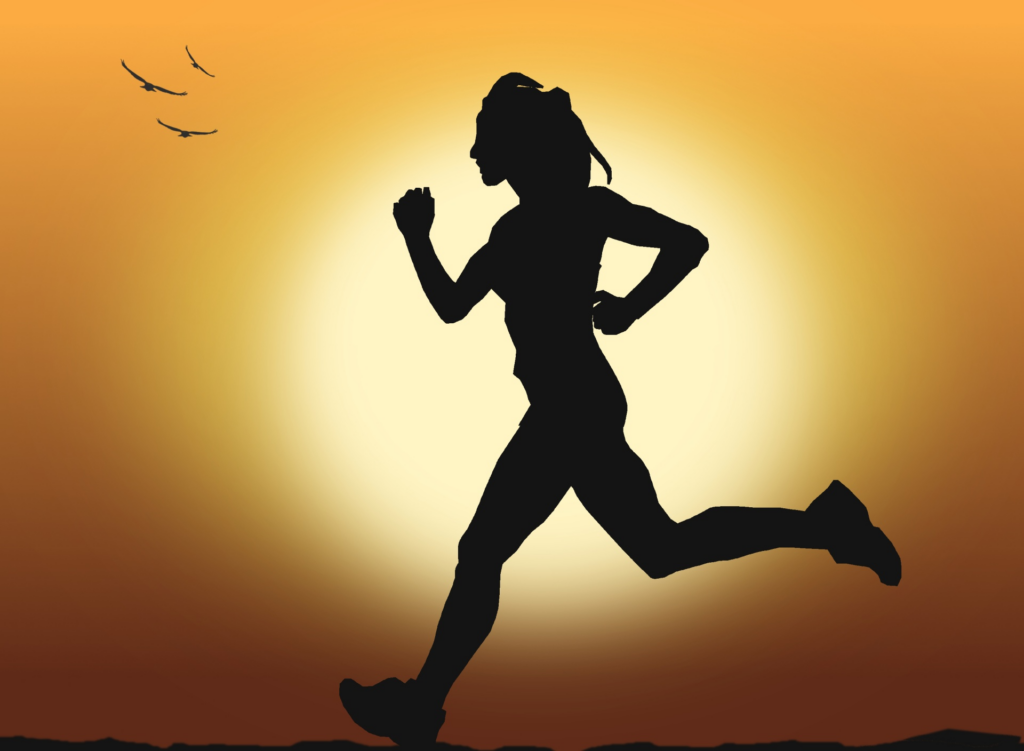
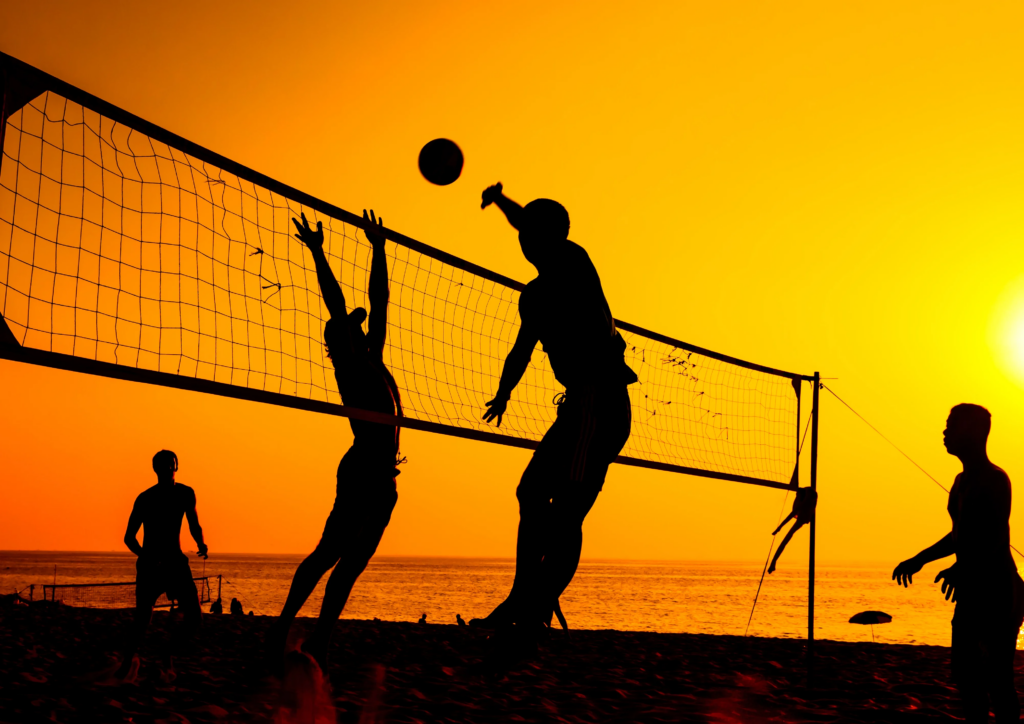
Images cited: Woman Running Free Stock Photo – Public Domain Pictures & 6dvotamb3ddiy7qw.jpg (1920×1358)
